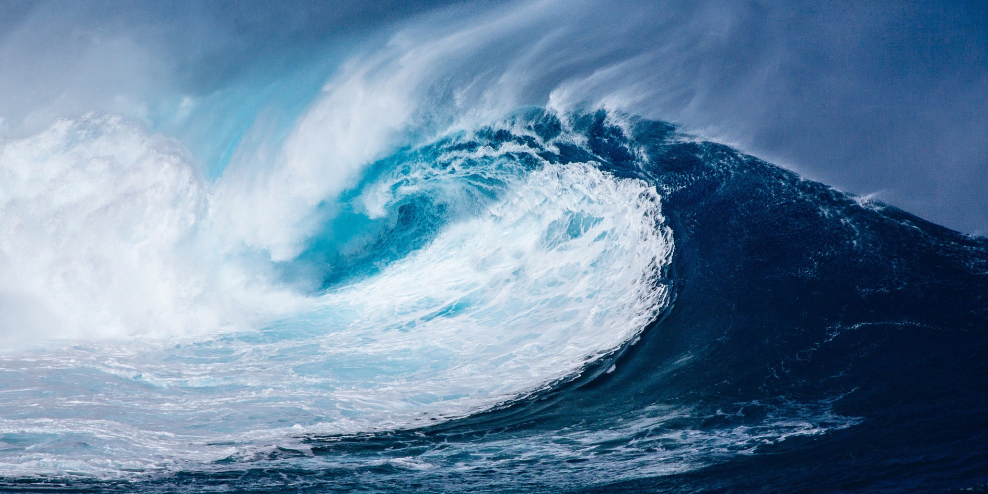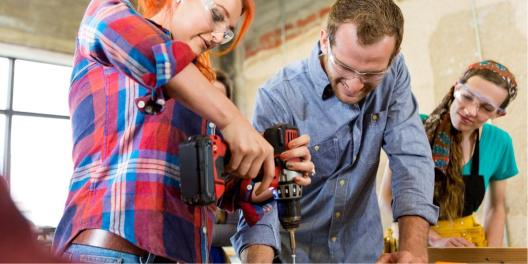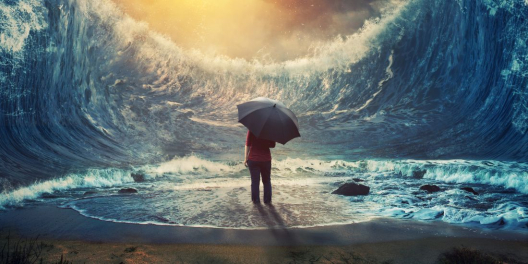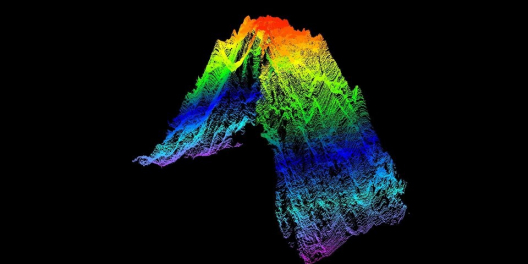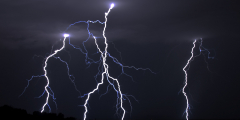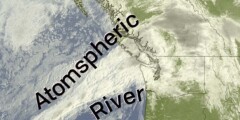“It could happen in a hundred years, or it could happen today,” said the teacher casually.
Cue a whole classroom of gaping mouths.
Then a resounding chorus of “WHAT” “Today?!” gasps. About 15 hands shot skyward in a murmur of confusion as teens processed the fact they’d just learned: their entire Island could end up underwater at any time. It was a random rainy afternoon in a Social Studies 10 class.
Does that sound like your first learning about “The Big One?”
While everyone’s first time learning about the magnitude 9 quake that’s expected to level the west coast at “some point” probably differs. But the feeling of shock is the same.
After learning this delightful tidbit of information, most of us move on to the next stage of grief: denial.
For the most part, it’s fairly easy to ignore. Most of us simply forgot that knowledge the moment we walked out of class. We wiped our hands and memories of this unwanted information.
Luckily for those of us living the “ignorance is bliss” philosophy, not everyone forgot.
Ocean Networks Canada is a University of Victoria initiative. Their team has placed a new monitoring system, off the west coast of VanIsle, and it’s the largest in North America.
They’ve fixed 21 acoustic transponders to the sea floor. They cover a vast area of the northern Cascadia subduction zone, otherwise known as the tectonic plates that would produce “The Big One.”
“Understanding the motion of those plates and how that motion is linked to earthquakes is critical,” said Kate Moran, president and CEO of ONC, in an interview with Black Press Media.
The transponders will move with the tectonic plates as they shift, allowing the team to get data on how far and how fast the plates are moving.
The setup hopes to help scientists better understand the most devastating earthquakes.
“We don’t have the ability to forecast earthquakes, but understanding plate motion and earthquake behaviour will advance the potential of that in the future,” Moran said. “This understanding of behaviour off-shore will be eye-opening because we have no idea at this stage.”
Martin Heesemann is a scientist with ONC. He and his team just finished the first mission to gather data from the transponders using a remotely-operated, solar-powered surface glider to pinpoint their locations.
The mission has provided the base data needed to map out the transponders’ movements. Each year from now on, another mission will determine the movement of the tectonic plates over 365 days.
The biggest indicator they’ll be looking for is a process called “slow slip,” where the plates would start to move along the fault line, rather than subducting underneath as expected.
Slow slip has been identified as a possible warm-up to large subduction earthquakes, like the one that rocked Japan in 2011.
By compiling their data with the few other marine geodesy projects that exist across the globe, they hope to gather new information about earthquakes. They hope to find ways to change their outcomes.
Tsunamis can reach VanIsle in about 15 minutes, so one thing is for certain: we need all the data we can get.

